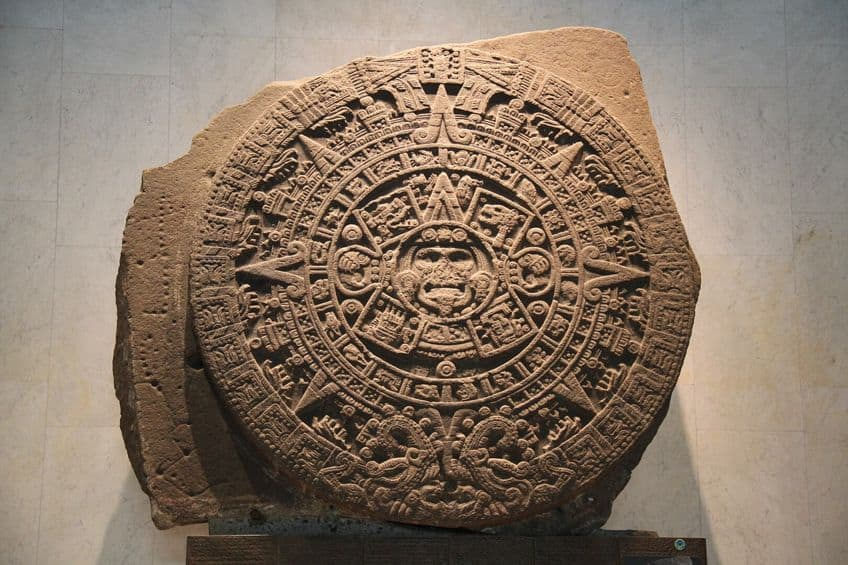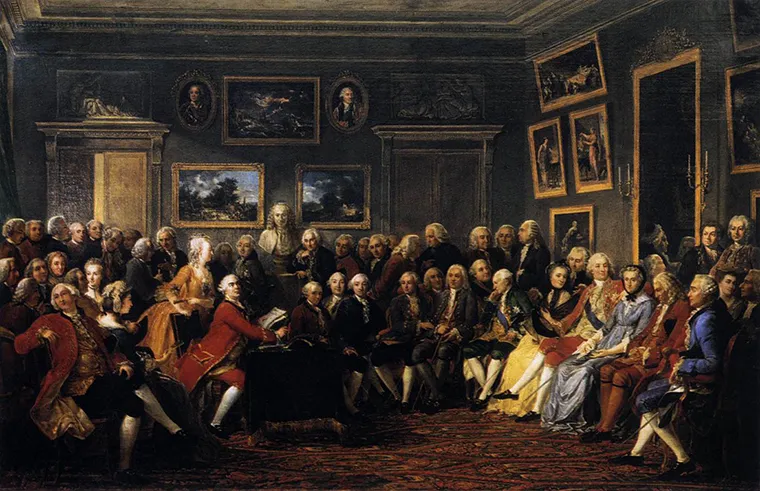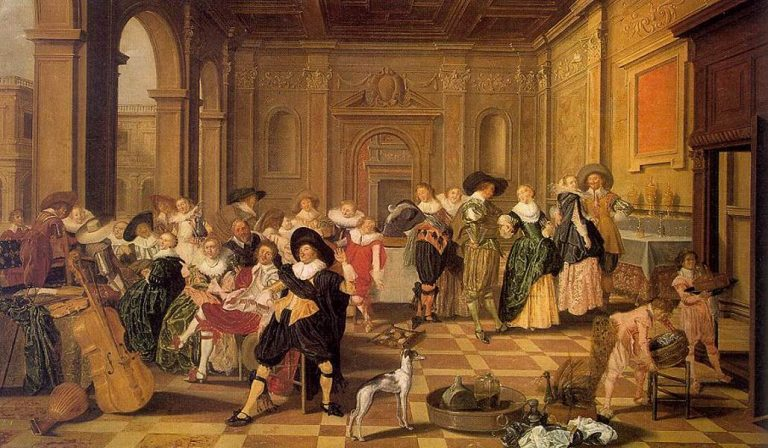By Dimitris Kouvaras,
By the end of the 19th century, a sense of uneasiness permeated the historical discipline. Voices like Nietzsche had already begun to challenge the meaningfulness and utility of history, rejecting both its logical primacy versus myth and its epistemic effects as obstructing human will. Meanwhile, sociologist Emile Durkheim excluded history from the sciences due to its inability to offer generalised models. The second criticism weighed in more than the first in the crisis of historicism of the early 20th century, which was predicated on history’s scientific hypostasis. This current signaled a critique of the historicist emphasis on the centrality of the state and fact, or personality-based political history, beginning with Carl Lambrecht’s Historiscshe Gestische as soon as 1981.
Lambrecht’s failure to provide rigorous analytical categories in history was criticised by Max Weber, who situated historical research within a rigid framework of scientific categories centered on objectivity and causality. Overall, the crisis of historicism signaled a shift from a political to a broader economic and social history, including aspects like material culture, while expanding the notion of history as a scientific discipline alongside the newly developed social sciences. However, underlying positivism subsisted in early 20th-century historiography, which distanced itself from the “empathetic” or intuitive approaches of historians, such as Windelband and Dilthey. What, also, persisted was a view of history as a real coherent entity and of Western civilisation as a continuous form of rational development.
Following the politically disastrous and culturally disillusioning Great War, and involving unprecedented socioeconomic conditions, the interwar period proved fertile ground for a historiographic turn. In 1929, French historians March Bloch and Lucien Febvre founded the journal Annales d’Histoire Economique et Sociale, which would give rise to the most prominent historiographic school of the century, the “Annales School”. Central to the first period of the movement (1929-1945) was a preconception of the object of history, focusing on a human-oriented history encompassing economic, social, and cultural aspects, under the premise that culture is a unifying mode of life permeating all facets of human existence. Epistemically, historical inquiry was deemed to spring from the historian’s questions to their sources, which emanate from the present and become a “problem” asking for a historical solution.
Thus, the present and the past became interlinked, in a more nuanced methodological toolset that –under the influence of geography– emphasized economic, social, and cultural structures in specific spatiotemporal contexts rather than linear time narratives. Time was central to Fernan Braudel, the protagonist of the second Annales period (1945-1969). In his magnum opus, he deconstructed the uniform notion of historical time into three temporalities, while introducing the longue durée as an analytical tool describing the almost static geological time that contextualizes all human activity. In his framework, he also distinguishes between the conjecture, the intermittent and circular temporality of socioeconomic phenomena that evolve in patterns, and the fast-paced time of political events. During the 1950s and 60s, the Annales showed great interest in quantitative methods in economic and cultural history, such as those pioneered by Ernest Labrousse, as well as demographic history.
The scientific ideal of the postwar years was the creation of a histoire totale, a comprehensive history embracing all aspects of human life through the collaboration of social sciences. As interdisciplinarity peaked, the very title of the journal changed too. The following period (1969-1994), on the other hand, signaled a turn to the study of mentalities, in the context of cultural history. Using a variety of sources, historians tried to understand the belief systems influencing everyday actions and the social or symbolic function of behaviour patterns. In the 70s, ethnology, semiotics, and anthropology provided methodological tools for historical research, while microhistory —the detailed study of life in a specific place over a certain period— made its dynamic appearance, as through the work of Emmanuel Le Roy Ladurie. However, critics of the Annals began to emerge by the end of the century, focusing on the underestimation of the political factor, the obscuration of the human factor by the focus on structures, and the limitations in explaining industrial society by a school focused on premodern times. This led to a diversification of the Annales focus and a loss of predominance since 1994, as well as a recentring on history versus the other social sciences. Nevertheless, the school’s historiographical importance cannot be underestimated.

Besides the Annales, the Second World War and the social movements of the following decades were a turning point for historiography in general. In Britain, a Marxist school of historiography developed around the journal Past and Present (founded 1952), encompassing a “history from below” focusing on the living experience, culture, and ideas of working people, as well as a critical analysis of the socioeconomic transition from feudalism to capitalism. E.P. Thompson’s The Making of the English Working Class embraced a more nuanced approach to the Marxist schema, acknowledging the uniformity of the working class and escaping from an economic-determinist position. However, this school shared the realist epistemology of Marx and came under double criticism since the 1970s in terms of its assumptions and historiographical objects.
The 1970s, under the influence of social liberation and anticolonial movements, saw a broadening of the object of history towards the embracement of subjects hitherto ignored by history –including women, sexual minorities, and colonial peoples– and the decentring of Western civilisation from its pedestal, which further developed in the 80s. Simultaneously, an epistemic earthquake shook the historical discipline, as the ramifications of the distant voices of Nietzsche finally started materializing in postmodern criticism. Under the influence of Thomas Khun’s discussion on the socially founded objectivity of scientific paradigms, scholars challenged the possibility of objective knowledge of the historical past and even the existence of one historical reality.
The epistemological movement that became known as the linguistic turn emphasised the centrality of linguistic categories in constructing (historical) reality and the “autonomy” of texts as closed symbolic entities without exact correlation to an external reality. Under these premises, history was likened to literature, where rhetorical tropes rather than factual evidence determined its narrative structure, as in Hyden White’s Metahistory. Michel Foucault used the postmodern argument to expose the ideological confines of (historical) narratives, introducing the notion of discourse to denote that knowledge constructs reify existing power relations and have a political meaning. This view was applied to gender in the 80s by Joan Scott, who analysed it as a social construct rather than a biological reality.

The linguistic turn was a shock for historiography, but it didn’t swipe it away. The emergent New Historicism acknowledged the fundamental role of language and text but didn’t equate history to literature. Overall, historiography did not change as drastically, since the focus on sources as representations of the past continued. After all, these are true remnants of prior human environments. Meanwhile, the fall of the Soviet Union highlighted the importance of the often-forgotten political factor. As the 20th century drew to a close, all universal schemas in history had been discarded as invalid. However, this didn’t lead to stagnation but to an enhanced pluralism in historical approaches and subjects. What remained of the linguistic turn was the diversity of narratives and the acceptance of ideological filters inherent in every text, as well as the fact that histories are representations of a past that cannot be fully reconstructed. However, the fact that interpretations are subjective doesn’t mean that they are fiction because they synthesize facts deriving from sources.
Nowadays, history is a vibrant and diverse discipline exploring the local and the global, the recent and the distant, the few and the many. Culture and symbolism play an important role, as well as memory and commemoration of the past in public history, while oral history is a subfield of its own. Meanwhile, the political, economic, and social aspects of the past all interplay and receive new interpretations based on the questions of the present.
References
- Iggers, George G. Historiography in the 20th Century: From Scientific Objectivity to the Postmodern Challenge. Hanover and London: Wesleyan University Press, 1997.
- Jordanova, Ludmilla. History in Practice. Second Edition. Bloomsbury, 2006
- Woolf, Daniel. A Concise History of History: Global Historiography from Antiquity to the Present. Cambridge: Cambridge University Press, 2019.




